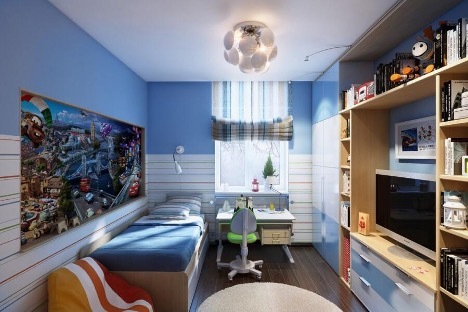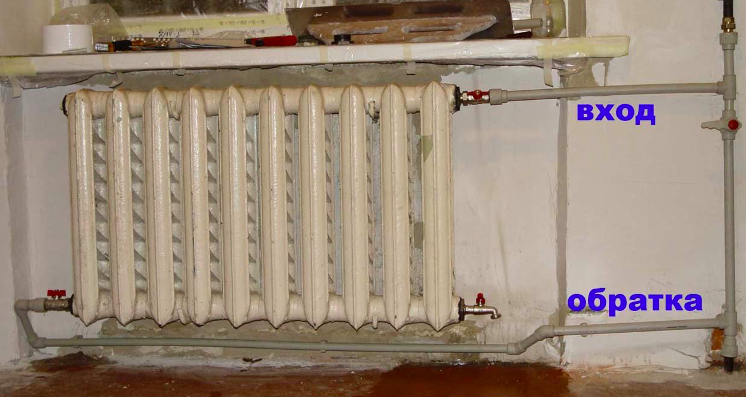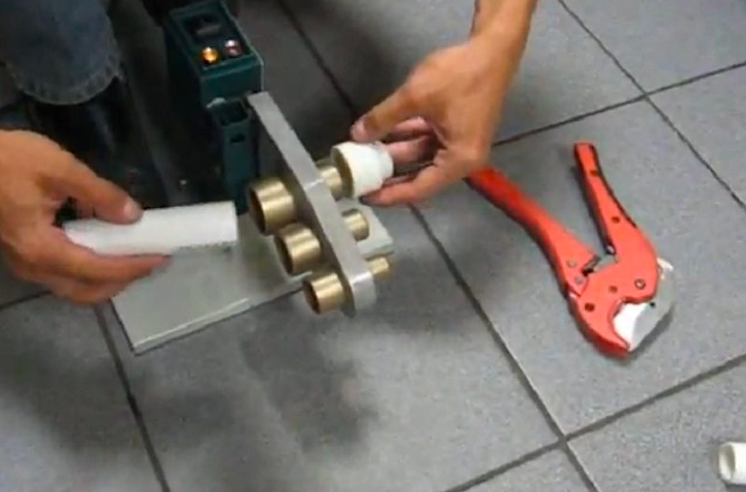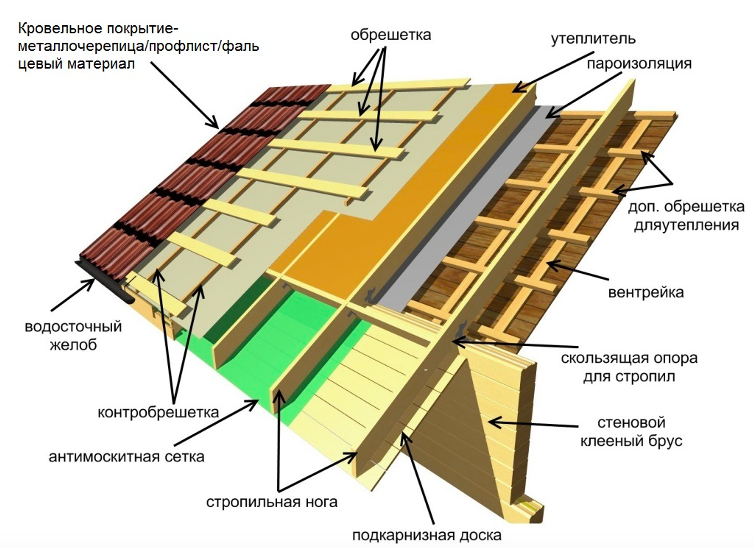
For many parents, decorating a children's room becomes a real challenge, especially when space is limited. However, it is precisely limited space that can become a catalyst for creative ideas and interesting solutions. The interior of a small children's room requires special attention to detail, optimal organization of space and the use of multifunctional furniture. Let's look at a few key points and ideas for creating the perfect design.
The content of the article
-
Optimal use of space
- Multifunctional furniture
- Color palette
- Renovating a small children's room
- Ideas for a small children's room
- How to arrange furniture in a small children's room
- How to decorate a small children's room
Optimal use of space
When space is limited, every centimeter counts. You need to carefully consider the placement of furniture, the use of shelves, drawers and storage baskets. Hanging structures, such as shelving or shelves above the bed, allow you to make the most of a room's vertical space.
Multifunctional furniture
A sofa bed, a desk with drawers, or a bed with storage underneath are all examples of furniture that can serve multiple functions at once. They will be an excellent solution for the design of a small children's room, helping to save space and making the room comfortable and functional.
Color palette
Choosing colors for a children's room also plays an important role, especially when space is limited. Light, light and pastel colors create a feeling of spaciousness and air. If you want to add pops of color, do it sparingly so as not to make it feel overwhelming.
Renovating a small children's room

When it comes to renovating a small children's room, the main goal is to create a comfortable, functional and safe space for the child. Let's look at the key aspects that you should pay attention to.
The choice of flooring in a children's room depends on your preferences and budget. Laminate or hardwood flooring is a good choice because of its durability and ease of maintenance. If you are looking for a warm and soft flooring, carpet or rugs would be ideal. Regardless of the material you choose, make sure it does not contain harmful substances or allergens.
Easy-to-clean wallpaper or water-based paint are ideal for walls. This will allow you to quickly and easily remove various contaminants that are inevitable in a children's room. Bright or pastel shades, as well as wallpaper with cute designs, will add coziness to the room.
Stretch ceilings or plasterboard ceilings allow you to create interesting multi-level structures with built-in lighting. If you want to keep the ceiling simple, simply paint it a light color with water-based paint.
In a small children's room, lighting plays an important role. It is best to use a combination of primary and secondary lighting: a central lamp and several wall sconces or table lamps. Pay attention to choosing a night light that will create cozy and soft lighting in the evening hours.
Proper ventilation in a child's room provides fresh air and prevents the development of mold and bacteria. Make sure the window opens easily and has a good mosquito net.
Ideas for a small children's room
One of the most effective ways to organize space in a small children's room is to use the space vertically.
Adviсe:
High shelves, bunk beds or a loft bed can free up a lot of usable floor space for a play area or desk.
Hanging pockets or wall organizers will also allow you to conveniently store toys and books without taking up much space.
Make the most of foldable furniture to free up more space for play.
Even in a small space you can create different functional areas. For example, a reading corner with an easy chair, shelves for books and a cozy lamp; play area with soft rugs and baskets for toys; or a work desk for creativity and study with good lighting. These zoned spaces make the room more organized and functional, providing space for a variety of activities for your child.
How to arrange furniture in a small children's room

When space is limited, it is important to make the most of every centimeter. Consider multifunctional furniture pieces, such as beds with storage or desks with built-in shelves. It is recommended to add corner furniture to the arrangement of a small children's room, as it allows you to free up the central part of the room, making it more spacious for games.
When designing a small children's room, vertical space becomes your best friend. Use tall cabinets and shelves to make the most of floor-to-ceiling space. If possible, choose hanging structures to free up floor space. Placing a mirror on one of the walls can also visually enlarge the room, adding light and air to it.
How to decorate a small children's room
When decorating a tiny space in a children's room, it is important to choose a light and calm color palette that visually expands the space and makes it more airy. Light and light shades, perhaps with bright accents, create a feeling of spaciousness. Also consider using transparent or reflective elements, such as mirrors or glass pieces, which will add light and depth.
Given the limited space, each interior element should be as functional as possible. Furniture on wheels, multifunctional items (for example, a table that can also serve as a playroom) surface, and workplace) or folding structures (tables, chairs) will help optimize space. Don't forget about vertical space, too: shelves, hanging organizers and hooks increase storage capacity without taking up additional floor space.
Decorating and designing a very small children's room can be a challenge, but with the right approach, even the smallest space can be cozy, functional and inviting. The main thing is the correct use of color, multifunctional furniture and vertical space. Every inch counts, and with creativity and proper planning, even the smallest room can be the perfect place for your child to grow and develop.


